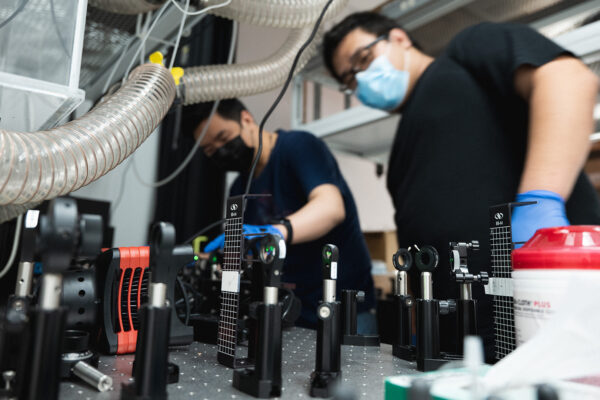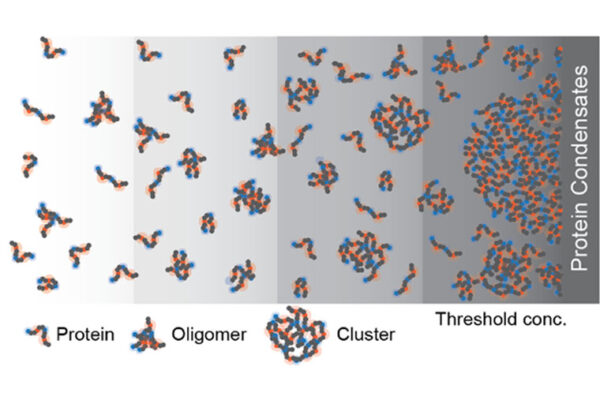RNA has been in the limelight for its starring role in cutting-edge vaccine technology. But RNA molecules are also key players in the inner workings of cells. Scientists have shown that RNA molecules undergo phase separation to form physically distinct, gel-like condensates.
Co-phase separation of RNA molecules and RNA-binding proteins is known to drive the creation of cellular condensates: specialized membraneless structures that are involved in various cellular processes and that have been associated with neurodegenerative disorders.
But what about RNA’s behavior when it’s a solo act? RNA also can undergo phase transitions in the absence of proteins. However, the fundamental physicochemical forces behind protein-free, RNA-driven phase transitions remain unclear. New collaborative research from Washington University in St. Louis sheds light on the role of temperature in RNA phase separation, particularly the heating and cooling required to form condensates.
The study, published Nov. 6 in Nature Chemistry, was led by Priya R. Banerjee at the State University of New York at Buffalo in collaboration with Rohit Pappu, the Gene K. Beare Distinguished Professor of biomedical engineering, at WashU’s McKelvey School of Engineering, and Venkat Gopalan, at Ohio State University.
Read more on the McKelvey School of Engineering website.


